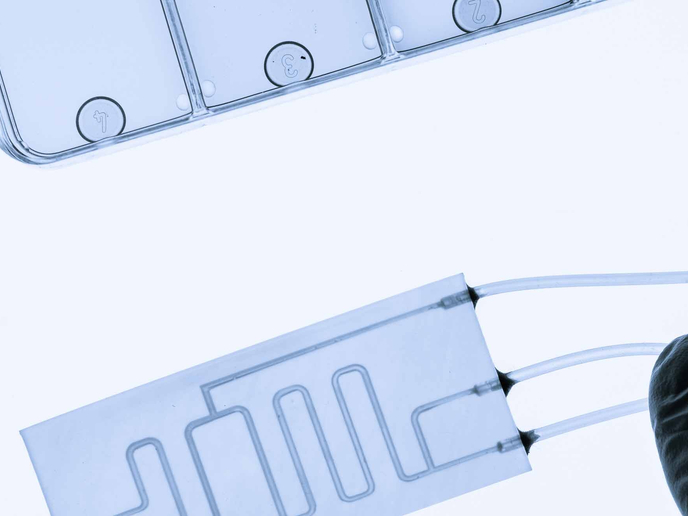Seeing more clearly: innovative way to measure macular pigment density
Age-related macular degeneration (AMD) is the leading cause(opens in new window) of sight loss in Europe affecting, in particular, the older population. Approximately 67 million people in the EU are currently affected by AMD in some form, and, due to population ageing, this number is expected to increase by 15 % until 2050. Monitoring and treatment of people with advanced disease stages will require additional healthcare resources and thorough healthcare planning in the years and decades to come. But just how many people have the condition is hard to determine as testing can be inaccessible and sometimes inaccurate. Antivascular endothelial growth factor therapy(opens in new window) has revolutionised treatment for neovascular AMD but increasing demand for treatment and monitoring will put more pressure on European healthcare systems. Based on the idea that lower amounts of macular pigment density (MPD) could be a marker for potential AMD, a new way of measuring MPD has been developed by the OpMaEye project. Building on the work achieved by the European Research Council(opens in new window) SEECAT project, the OpMaEye team has developed a prototype tool to assess the density of the macular pigment, that is cheap and does not rely on a patient’s subjective feedback. “At the moment, determining the amount of the macular pigment is only an indication with little clinical value for AMD diagnostics. However, the availability of a simple and reliable device could help to better understand the value of this biomarker as an earlier diagnostic tool for this disease,” explains project coordinator Pablo Artal(opens in new window), based at the University of Murcia(opens in new window) in Spain. Artal is a co-inventor of 30 international patents in the field of optics and ophthalmology.
A more effective, cheaper way to determine macular pigment
The amount of macular pigment in one person may be an indication of the likelihood of developing AMD and is a possible indication of the general health condition. AMD patients are often recommended to take supplements that can increase the amount of pigment. An objective measurement would allow for tracking the effect of different formulations and diets.
So can we eat our way out of AMD?
Artal feels the jury is out when it comes to how far dietary supplements can help. One issue is the lack of diagnostic data. “We need a new device to measure macular pigment optical density (MPOD), as it is hard to get reliable data on the status of macular pigment with current instruments. Although the relationship between macular degeneration and the density of the macular pigment is not completely established, we can say with confidence that a better score in MPOD would surely not harm people.” And what is well established is that having a healthy diet with enough vegetables will provide people with more macular pigment in their eyes. “This can be done naturally, by eating more highly coloured fruit and vegetables,” Artal adds.
A new way of measuring density
The current go-to equipment for measuring MPD is a hyperspectral fundus camera, which allows wavelength-specific visualisation. These can cost as much as EUR 70-80 000, making access for patients dependent on the healthcare systems of their country. The other way MPD is currently diagnosed is through heterochromatic flicker photometry, which requires a patient to indicate when they see a flickering light. These cost around EUR 20 000 and depend on the patient’s perception. “As people can be tired or having an off day, the subjective element of this diagnostic tool is a drawback,” says Artal. OpMaEye’s new prototype is smaller, cheaper and more reliable, using temporally modulated and spatially structured light to measure density. There are many technical difficulties related to the integration of all the necessary optical components within a compact device, and elements of the signal analysis still need to be resolved. But the work is well under way: “When a good signal and reliable value of the amount of macular pigment can be detected in an eye, it is like a little miracle. We feel that, using only light, we are able to discover a very deep secret hidden in our eye!”







